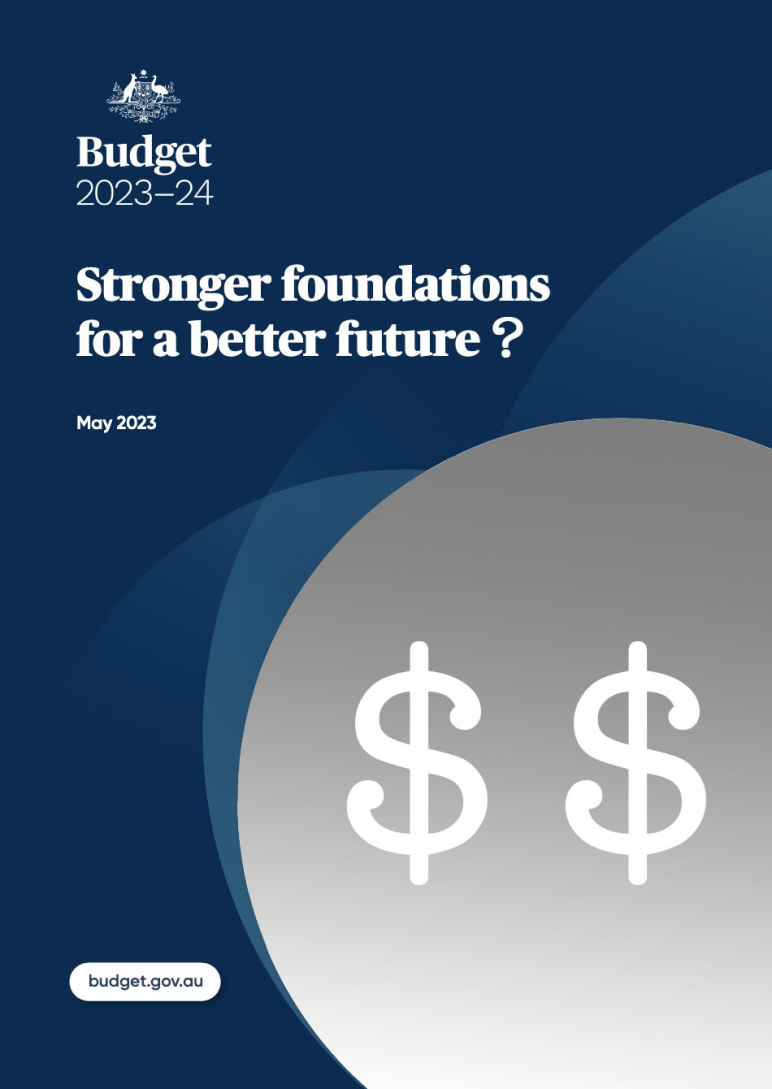Federal Budget falls short for all
We've been asked what today's Federal budget announcement means for older people on unemployment benefits and others who struggle to pay the rent. Fiona York addresses some of your questions
What is the news for people on unemployment benefits in today’s budget?
Today’s federal budget included an announcement to raise the rate of Jobseeker allowance by $2.85, with those who are long-term unemployed between 55 and 60 receiving a further $4.35. The decision shows that for the first time in years we have a Federal Government that recognises older people on low incomes, and particularly women, face real challenges when it comes to housing.
Unfortunately, they failed to deliver anywhere near the support these people require. An extra $6.50 a day won’t lift over 55s on income support out of poverty or do much to reduce their risk of homelessness. What everyone on JobSeeker needs is the payment to be raised at least equal to the poverty line ($87.22 per day) so they can afford rent, food and other essentials.
Is this increase to JobSeeker enough for older renters and people at risk of homelessness?
The Treasurer rightly noted the additional challenges facing people, particularly women, over 55 on JobSeeker, who are at increased risk of homelessness. While it’s great the government is acknowledging JobSeeker is inadequate, these increases do not lift people on JobSeeker out of poverty. Even when you take into account a 15% increase to Commonwealth Rent Assistance, people on JobSeeker will be spending well over half of their payments on rent. The sad truth is this budget leaves too many languishing well below the poverty line, struggling to afford the essentials and keep a roof over their head.
Would raising the rate of JobSeeker to the poverty line be inflationary?
No. That extra money would be spent on rent, power bills, debts – items that aren’t subject to price changes due to demand. The additional money a more appropriate increase of Jobseeker would put into the economy, would be quite small in the context of Australia’s total gross household disposable income.
Does this budget measure up to the governments promise of delivering a ‘Women’s Budget’?
For the first time, the Federal government seems to have heard the message that there are unique challenges facing older women.
For example, the Treasurer acknowledged that women’s lower workforce participation and lower pay compound over a lifetime to leave older women more vulnerable to financial insecurity. For many older women, particularly older single women, this increases housing insecurity and makes them more likely to rely on government supports later in life.
While the government recognise that “addressing the availability and price of housing in Australia would alleviate a significant concern for many older women” they fail to find solutions to significantly address housing affordability in this budget.
What would you have liked to have seen in the budget?
We want to see the government commit to building much more public and community housing, not just "social and affordable"* homes. A portion of these must be set aside for older people.
JobSeeker is inadequate regardless of a recipients age, even with the increases in this budget. It should be raised at least to the poverty line, for everyone. That’s $610 per week, or $87 per day.
We support the call from ACOSS and others in the sector that would see Commonwealth Rent Assistance doubled. Rental prices have been growing quickly over the past year and are showing little signs of slowing down. People on low incomes need more help paying their rent and competing in the private rental market.
*A note on terminology: The term "social" housing refers to both public and community housing, however, at HAAG we make a deliberate choice to use the words "public and community" housing, so that public housing is not lost under this umbrella term. In theory, "social housing" includes public housing. In reality, most governments in Australia are divesting from public housing and transferring stock to the community housing industry. By talking about public housing we are making a choice to make this type of housing visible in the debate around housing solutions.
"Affordable" housing is very rarely consistently defined. It may refer to housing that is 80% of the market price, which is not affordable to many low income people. However, there may be other affordable housing options that are appropriate for older renters who are not eligible for public and community housing (like the missing middle), for example, low-cost retirement housing.



 "There is nothing like staying at home for real comfort."
"There is nothing like staying at home for real comfort."